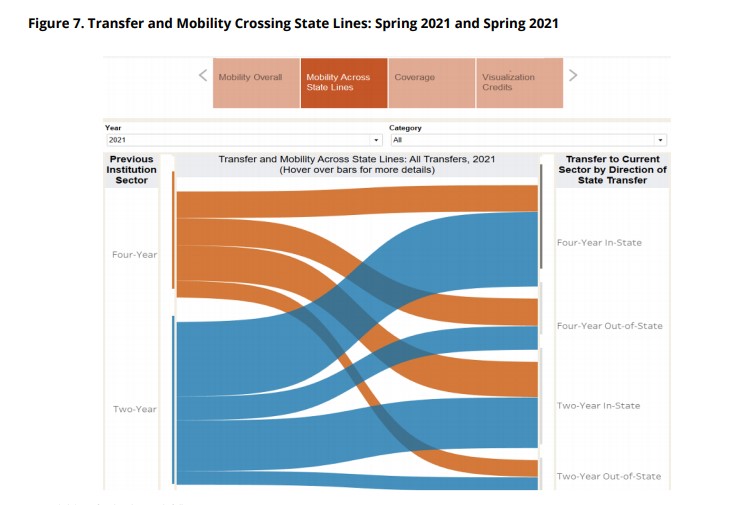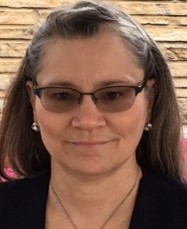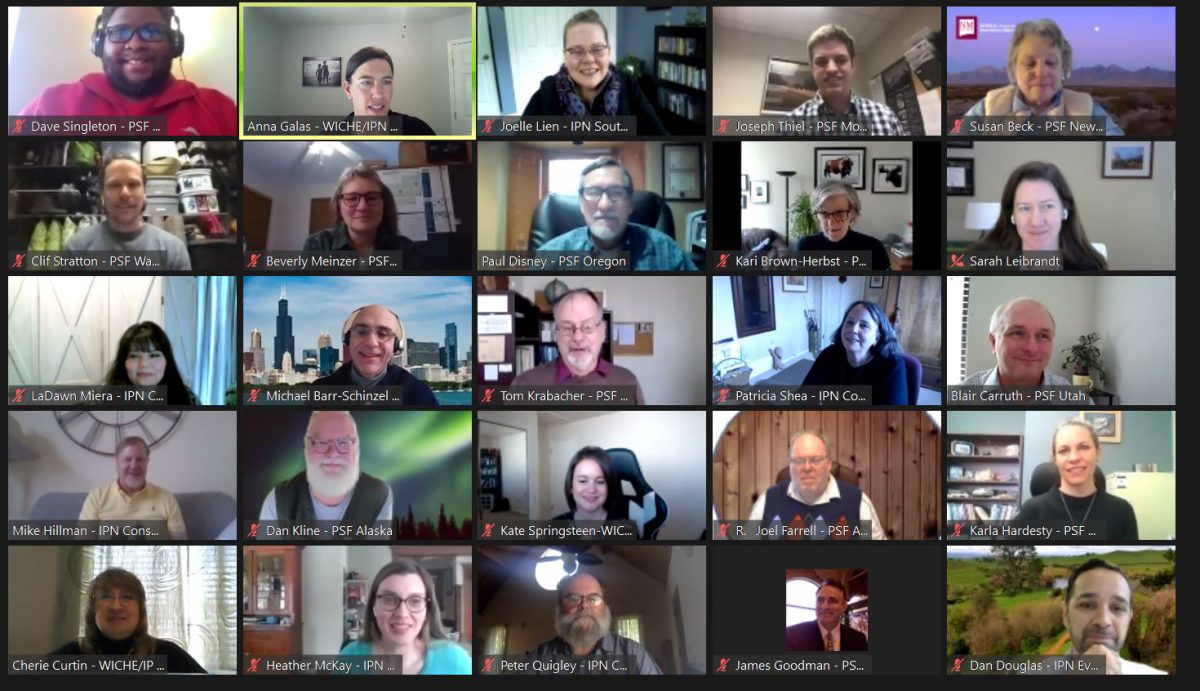By Nathan D. Grawe, Chronicle of Higher Education, January 13, 2021
The author of this comprehensive article presents fairly sobering data on declining enrollment rates across the country but also highlights efforts at specific colleges and universities that offer possible solutions for maintaining student populations and fulfilling institutional missions. The COVID-19 pandemic exacerbated already declining enrollment in higher education, particularly among international students, low-income families, and larger minority populations. These declines may indicate new trends. In addition, citing research from the 1918 flu pandemic, the author predicts that the United States can expect 300,000 to 500,000 fewer babies than were born in 2019, which will be felt in the next generation of high school students.
Despite the dire picture, higher education proved agile in responding to many of the crises brought about by the pandemic, including swift adaptation to online learning, more flexible governance structures, test-optional admissions, intensified recruitment, and more financial aid options. Colleges and universities also gained a deeper understanding of their students and, in many cases, the obstacles they face. “We were reminded that determinants of success extend deep into students’ lives. These experiences should draw us into renewed commitments to holistic approaches to retention.”
Nathan D. Grawe is a professor of economics at Carleton College. He is the author of Demographics and the Demand for Higher Education (Johns Hopkins University Press, 2018) and The Agile College (Johns Hopkins University Press, 2021).
By Matthew Gandal, Inside Higher Ed, January 22, 2021
In this opinion piece the author presents the differences between noncredit and credit programs and how shuttling students into the former – to help people get back to work – too often diverts students of color from higher levels of learning and better job opportunities. “The legitimate concern has emerged that the focus on short-term training for those who have been left most vulnerable by the pandemic could unintentionally exacerbate racial tracking in education.”
Gandal recommends five key elements to remedy the bifurcated system and the inequities it has fostered, appreciating the difficulty and time involved in effecting some of these changes: (1) Ensure clear connections between noncredit credentials and relevant degree programs. (2) Make noncredit programs creditworthy or credit-based. (3) Remove barriers to transition. (4) Serve all students equally. (5) Align departments and governance. Examples of institutions that have begun bridging the gap are presented.
Matthew Gandal is president and CEO of Education Strategy Group and a former senior adviser to U.S. Secretary of Education Arne Duncan.
By Emma Whitford, Inside Higher Ed, January 13, 2021
In an effort to boost enrollment at both institutions, Iowa Wesleyan University and Southeastern Community College will form a public-private alliance that will create an easy transfer path from the two-year college to the private liberal arts institution. The two schools will continue to operate independently and will share some revenues. Rather than an all-out merger, the alliance is similar to a “mutual growth federation,” which allows the institutions to move forward incrementally and to share students, funding, resources and employees.
By Sophia Sutcliffe and Barbara Condliffe, MDRC, December 2020
This infographic presents the stages of the transfer process as developed by the MDRC Center for Applied Behavioral Science in partnership with the City University of New York. The partnership conducted interviews and focus groups with CUNY staff members and students to identify factors that impede students in the process of transferring from community colleges to earn bachelor’s degrees. The blueprint developed by the team breaks the transfer process into four stages with milestones at each stage, along with information about challenges faced by both students and staff. Interventions or opportunities are identified at each stage that could help students transfer more easily. The full report on the project is available here.
By Alison Kadlec, Inside Higher Ed, January 14, 2021
Tackling Transfer is a national project focused on “fostering the conditions for scalable and measurable improvements in bachelor’s degree attainment rates for students who begin at community college, with the goal of achieving greater equity for students from low-income families and persistently marginalized or minoritized communities of color.” The initiative is supported by Ascendium Education Philanthropy, ECMC Foundation, the Joyce Foundation, and the Kresge Foundation, in partnership with HCM Strategies, The Aspen Institute, and SOVA.
Last fall the partners created a three-part webinar series in collaboration with Inside Higher Ed, “Can We Finally Fix Transfer?” that featured efforts from around the country to improve transfer outcomes. The project is an opportunity in this difficult time for higher education to reshape policy and practices, reorder priorities, and develop bold solutions to improve transfer. Inside Higher Ed will provide updates and information on the project’s activities throughout the coming year.
By Juana Sánchez, Inside Higher Ed, January 21, 2021 on
This short piece makes the case for adding college transfer – specifically the community college pipeline – to the new president’s agenda for higher education. The author discusses the “systemic failures of epic proportion” i.e., only 13 percent of students who start at community college earn a baccalaureate within six years; low-income students of color are disproportionately affected. A number of states have efforts underway to combat the problem, and Sánchez cites the Tackling Transfer Policy project as one of the major efforts. She urges partnership with the new administration to “deliver on the promise of college access, affordability and equitable completion.”
By Will Thomas, Wyoming News Now, January 25, 2021
Wyoming Governor Mark Gordon has proposed modernizing and refocusing the state’s higher education system through a new initiative intended to support the state’s economy and workforce. The Wyoming Innovation Network (WIN) calls for collaboration between the University of Wyoming, the state’s sole four-year institution, and all seven community colleges. WIN will emphasize workforce development in high potential areas; supporting and training entrepreneurs and new business startups; research and market analysis aimed at technology transfer and commercialization; and developing outside revenue sources such as corporate partnerships to provide new opportunities for students. Work is already underway to establish a software engineering program, as well as tourism and hospitality programs and entrepreneurship training programs for a variety of marketing sectors.
By Vistasp Karbhari, Professor, Department of Civil Engineering and Mechanical and Aerospace Engineering, The University of Texas at Arlington
January 20, 2021, The Evolllution
In this article the author advocates for the integration of certifications in college curricula and on college transcripts, citing the growing disconnect between academia and the workforce. Particularly in light of the havoc wreaked on both higher education and the economy, Karbhari argues that “the devaluation of vocation-based training…could have been integrated with the disciplinary knowledge attained by college graduates” to better prepare students for employment with the knowledge and skills demanded by employers.
Certifications are issued by industry/professional organizations or governmental bodies, and, as such, close collaboration between these groups and university departments is essential for better alignment and integration with the curriculum. Karbhari suggests the use of electives, capstone courses, and internships, which may offer work experience, and also “will allow students to choose between a traditional academic experience and one focused more on certification and the workforce.” He offers ideas for funding the integration of certificates, and urges a rethinking of the “social compact with the communities we serve…to address changing trends and needs.”
By Michelle Dimino, Memo from Third Way, December 17, 2020
The COVID-19 pandemic has irreparably changed the landscape for college students, who have had to devise new plans to achieve their academic goals in a very uncertain environment. One sure thing to expect is more student movement between institutions. Many obstacles exist as students decide where to transfer, complete applications (again), and transfer credits. The author presents three hypothetical “transfer traps” that may await students, with a scenario, expectations, and reality for each. Importantly, Dimino also suggests steps that states and institutions can take to eliminate barriers and facilitate transfer between institutions. Solutions are at hand for states to act now.
By Kathleen deLaski, founder and CEO of the Education Design Lab, and Rufus Glasper, CEO of the League for Innovation in the Community College Real Clear Education, February 12, 2021
Stackable credentials, or “micro-pathways,” are, according to the authors, cheaper, faster, and a better alternative or on-ramp to a degree. A micro-pathway is two or more smaller credentials that add up to a greater credential, one that is “more flexible to earn than a degree…and targeted to specific roles that lead to a livable wage.” Rufus and deLaski contend that micro-credentials are better suited to today’s learners, and they are now acknowledged as an “equity mandate,” particularly at community colleges. Unfortunately, federal financial aid does not cover most non-credit workforce-relevant programs. But institutions and policymakers can create policies that reflect the realities of today’s learners, so many of whom “lack the time, support, and economic backstop to invest four to six years or more in acquiring proxies for talent.” The authors cite research that “estimates as many as 30 million workers have the skills to earn 70 percent more but lack a credential to prove it.” Micro-pathways are a feasible solution to recognizing the skills, capabilities and job experience of today’s learners.
New America Blog on Student Transfer
The New America website features a blog on education policy, including a series on student transfer. The latest entries, all dated February 10, include:
These blog posts offer suggestions and solutions for problems that all institutions are facing.







